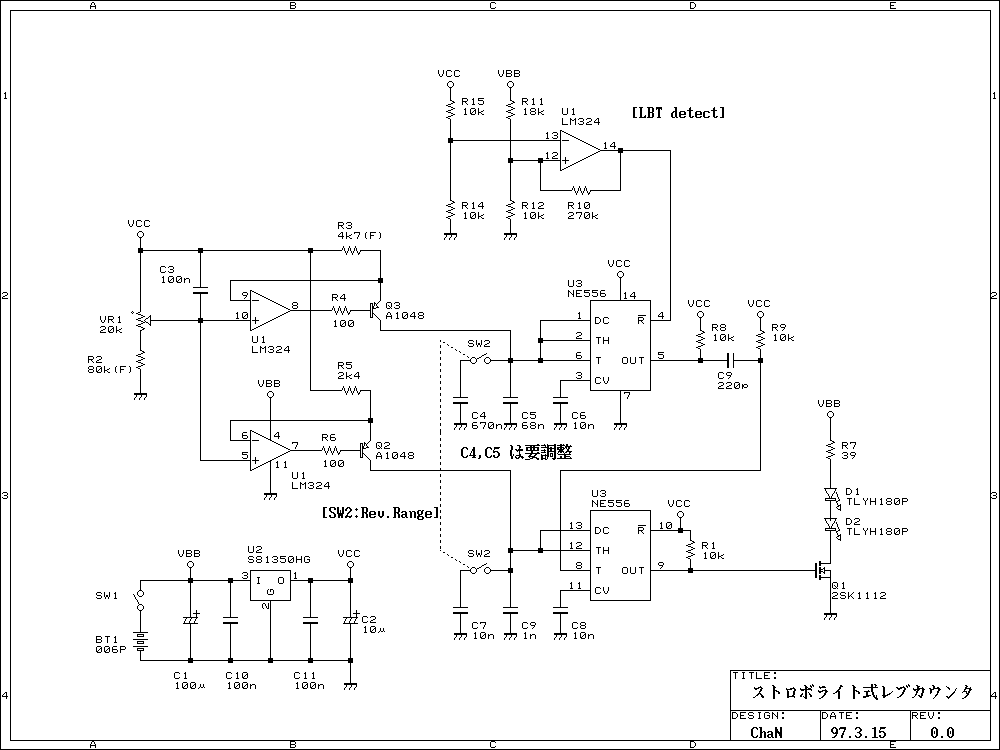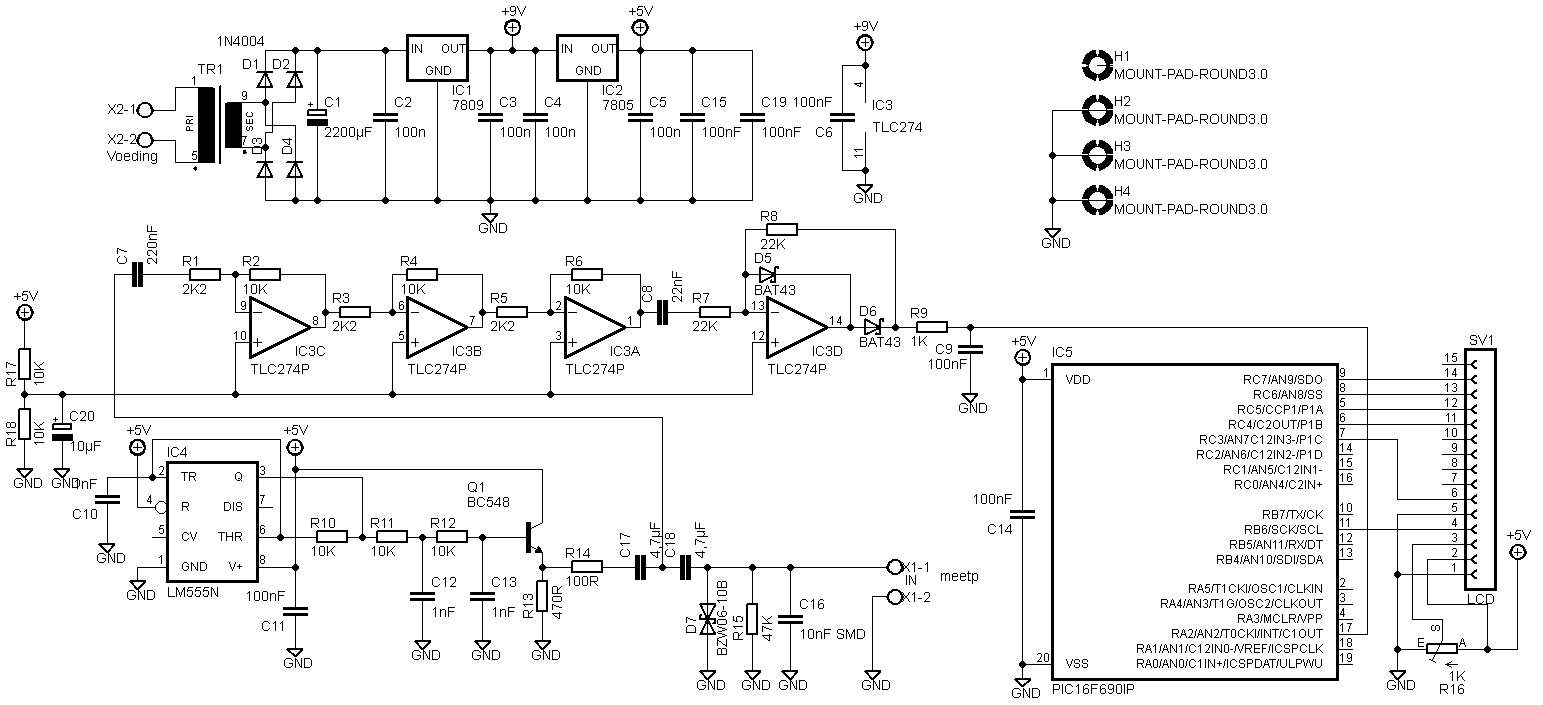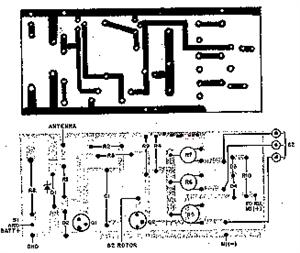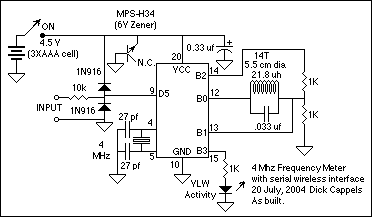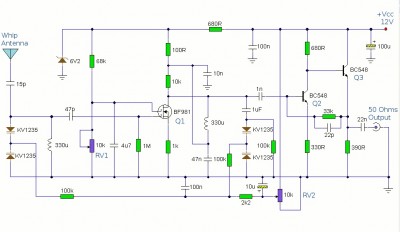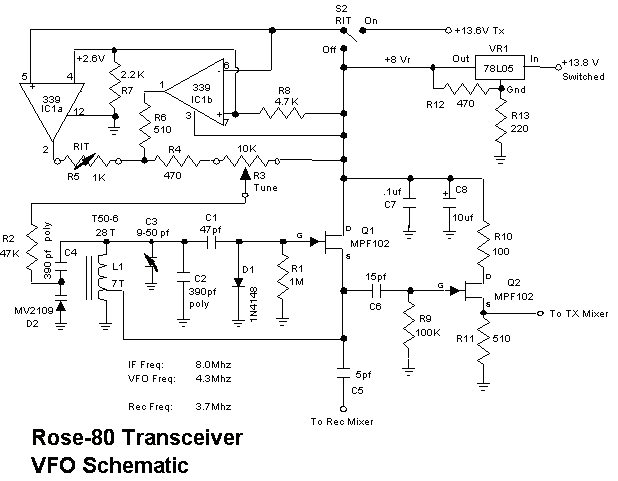
6 meter vertical antenna
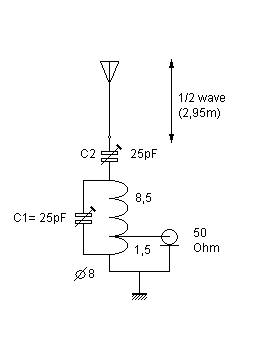
Easy to build homemade 50 MHz (6-meter band) vertical half-wave antenna. Omnidirectional, high gain, low SWR.
The proposed design for a 50 MHz vertical half-wave antenna is intended for amateur radio applications, specifically within the 6-meter band. This antenna configuration is characterized by its omnidirectional radiation pattern, which allows it to effectively transmit and receive signals from all directions, making it suitable for various communication scenarios.
The half-wave antenna is typically constructed using a length of conductive material, such as copper or aluminum tubing, cut to a specific length to resonate at the desired frequency. For a 50 MHz frequency, the total length of the antenna should be approximately 3 meters, as the half-wave dipole antenna's length is calculated using the formula:
L (meters) = 150 / f (MHz)
where L is the length of the antenna in meters, and f is the frequency in megahertz. Therefore, for a frequency of 50 MHz, the length would be approximately 3 meters (150/50).
To achieve a vertical configuration, the antenna can be mounted on a suitable support structure, such as a mast or pole, ensuring it is elevated above ground level to minimize obstructions and enhance performance. The feed point, where the coaxial cable connects to the antenna, should be positioned at the center of the vertical element. A matching network may be employed to ensure low standing wave ratio (SWR) and efficient power transfer from the transmitter to the antenna.
The high gain of the antenna is attributed to its design, which focuses energy in a broad pattern, allowing for effective communication over considerable distances. The low SWR indicates that the antenna is well-matched to the transmission line, which reduces the amount of reflected power and improves overall system efficiency.
In summary, this 50 MHz vertical half-wave antenna design is straightforward to construct and provides excellent performance characteristics, making it a valuable addition to any amateur radio operator's setup.easy to build home made 50 Mhz (6-metres band) vertical half wave antenna! Omnidirectional, high gain, low SWR!.. 🔗 External reference
The proposed design for a 50 MHz vertical half-wave antenna is intended for amateur radio applications, specifically within the 6-meter band. This antenna configuration is characterized by its omnidirectional radiation pattern, which allows it to effectively transmit and receive signals from all directions, making it suitable for various communication scenarios.
The half-wave antenna is typically constructed using a length of conductive material, such as copper or aluminum tubing, cut to a specific length to resonate at the desired frequency. For a 50 MHz frequency, the total length of the antenna should be approximately 3 meters, as the half-wave dipole antenna's length is calculated using the formula:
L (meters) = 150 / f (MHz)
where L is the length of the antenna in meters, and f is the frequency in megahertz. Therefore, for a frequency of 50 MHz, the length would be approximately 3 meters (150/50).
To achieve a vertical configuration, the antenna can be mounted on a suitable support structure, such as a mast or pole, ensuring it is elevated above ground level to minimize obstructions and enhance performance. The feed point, where the coaxial cable connects to the antenna, should be positioned at the center of the vertical element. A matching network may be employed to ensure low standing wave ratio (SWR) and efficient power transfer from the transmitter to the antenna.
The high gain of the antenna is attributed to its design, which focuses energy in a broad pattern, allowing for effective communication over considerable distances. The low SWR indicates that the antenna is well-matched to the transmission line, which reduces the amount of reflected power and improves overall system efficiency.
In summary, this 50 MHz vertical half-wave antenna design is straightforward to construct and provides excellent performance characteristics, making it a valuable addition to any amateur radio operator's setup.easy to build home made 50 Mhz (6-metres band) vertical half wave antenna! Omnidirectional, high gain, low SWR!.. 🔗 External reference
